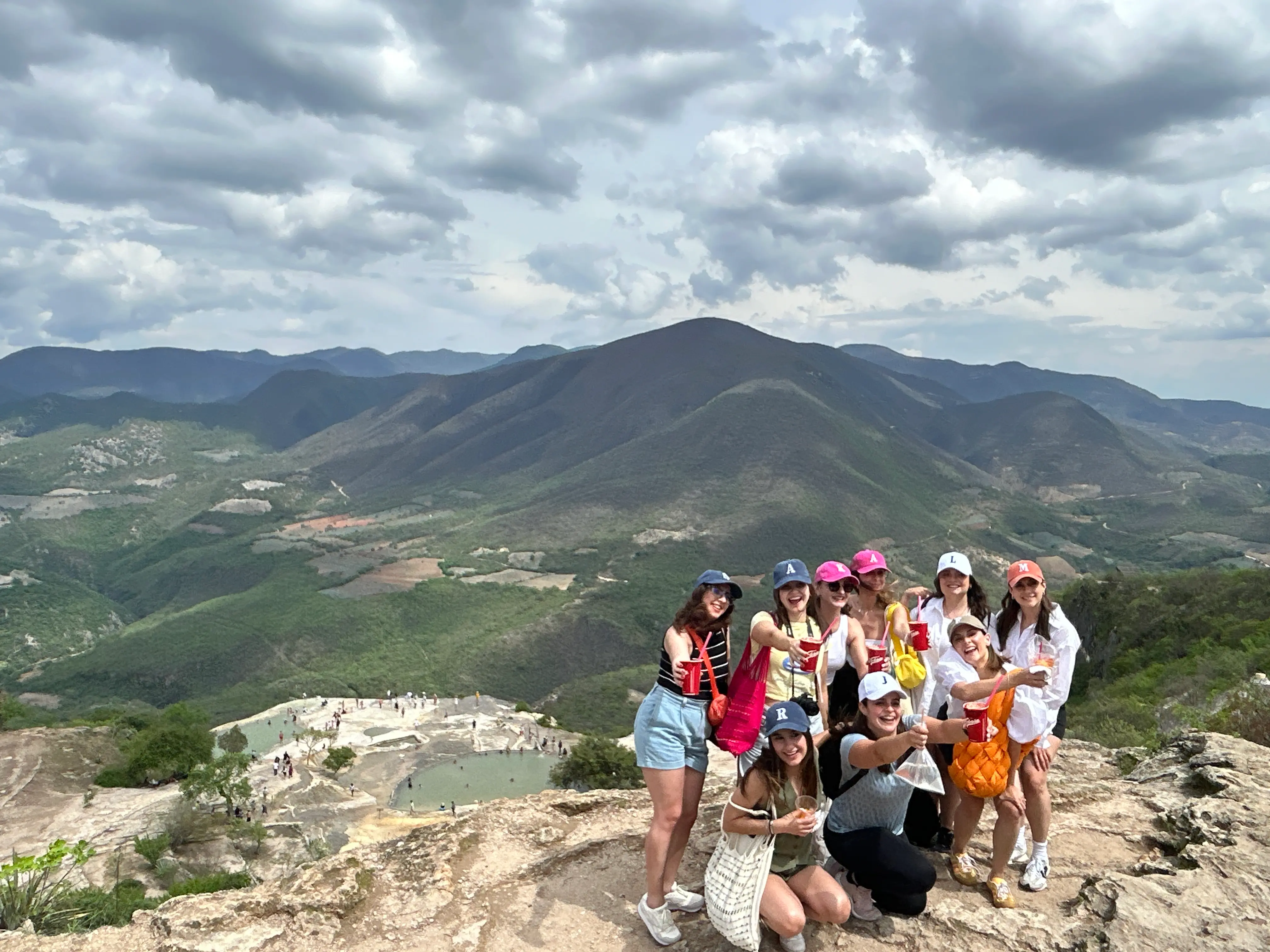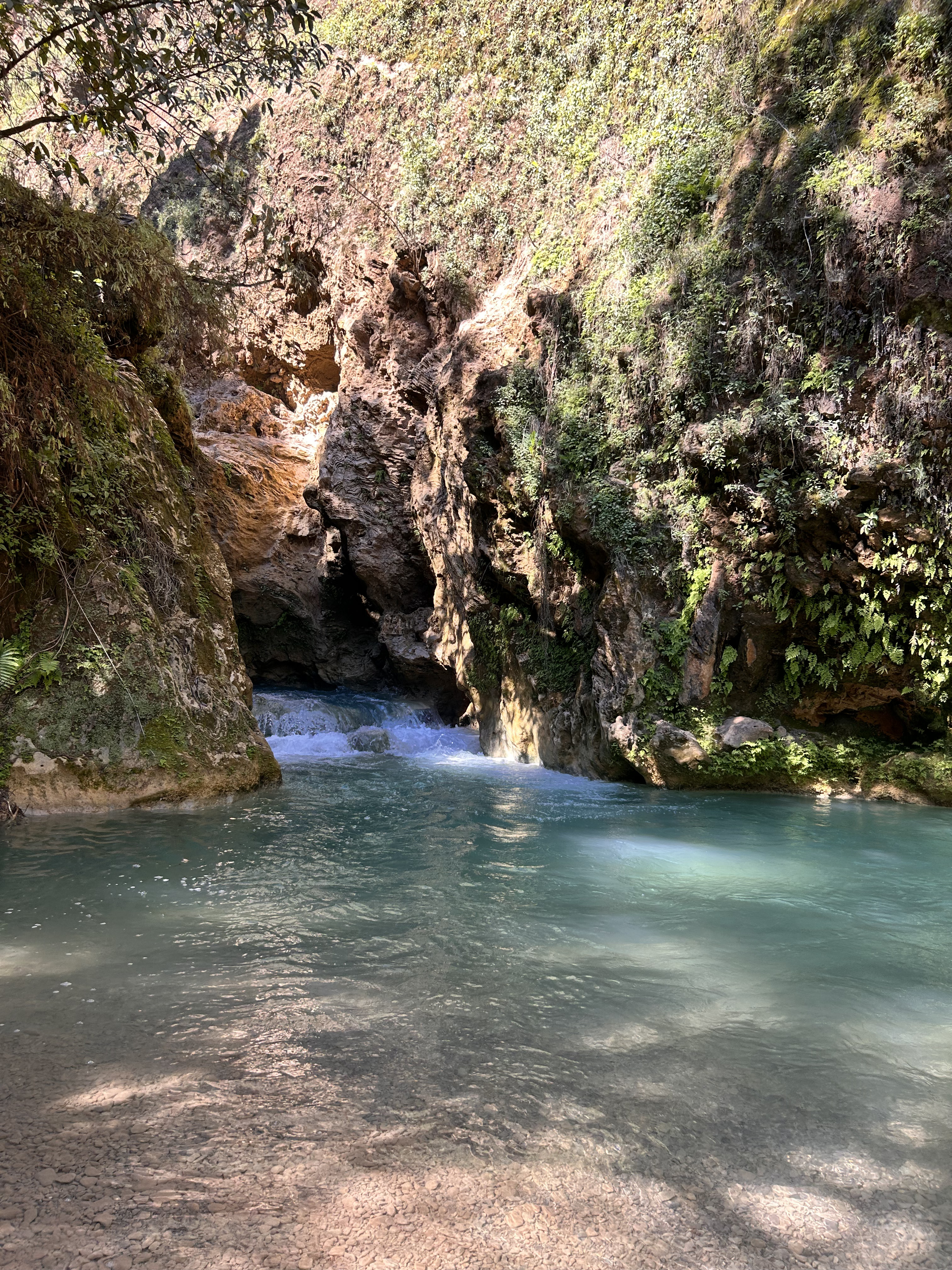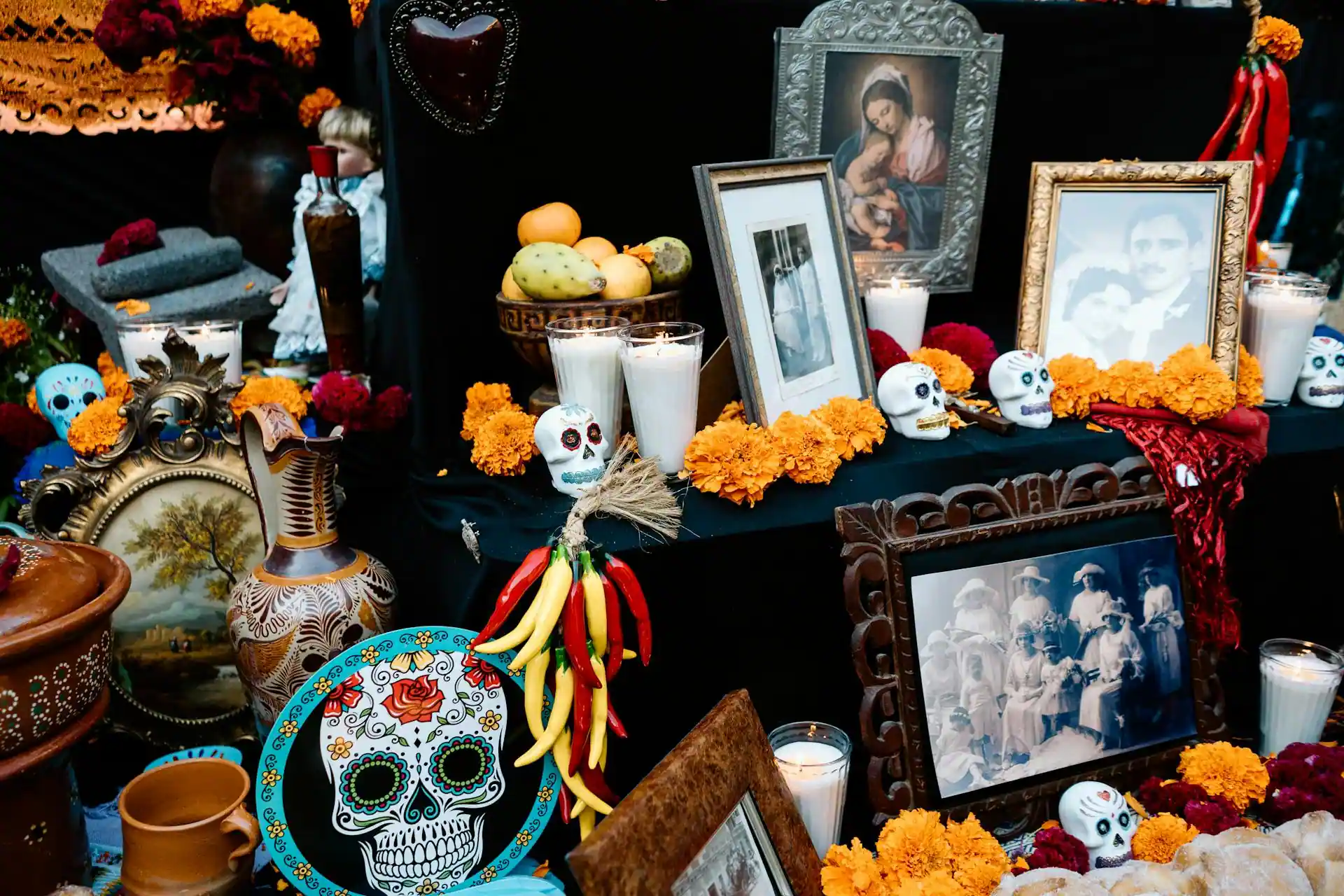
Day of the Dead in Oaxaca
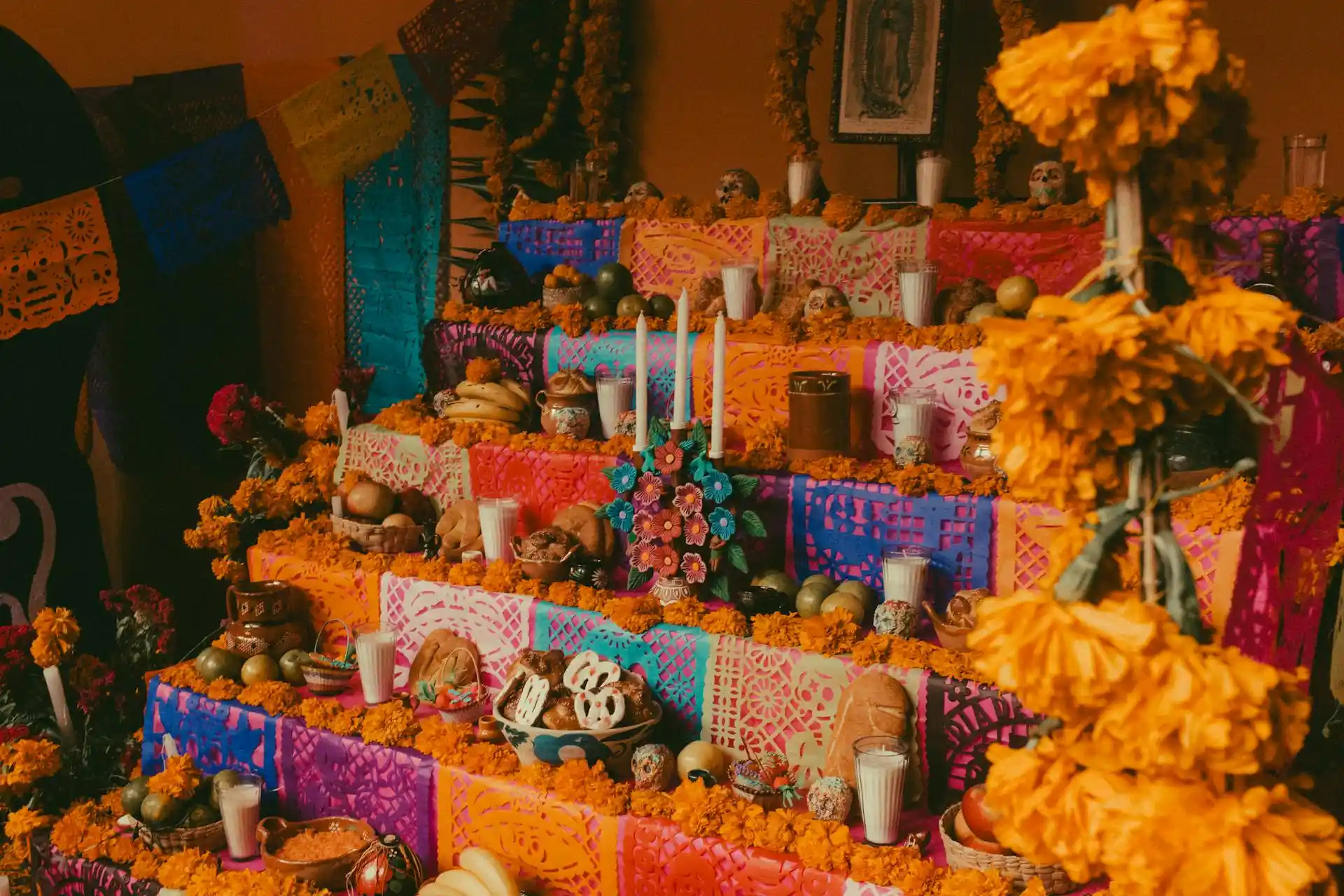
What is the Day of the Dead?
The Day of the Dead is a Mexican celebration that honors the deceased, taking place on November 1st and 2nd. It is a tradition deeply rooted in Mexican culture, blending pre-Hispanic elements with Catholic influences.
November 1st, known as Day of the Innocents or Day of the Little Angels, is dedicated to deceased children, while November 2nd is Day of the Dead, for adults. During these days, families create altars or "offerings" in their homes or cemeteries, decorated with candles, marigold flowers (cempasúchil), photographs, and items that the deceased loved. Traditional foods and drinks, such as pan de muerto, sugar skulls, and other traditional decorations, are also placed.
Visit Oaxaca
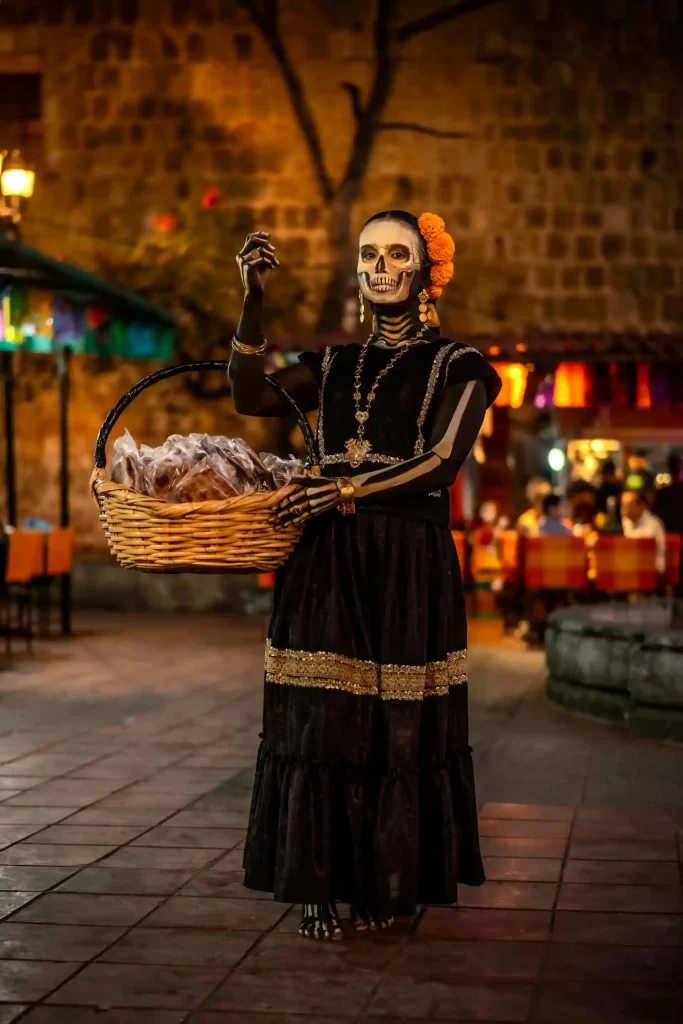
Oaxaca on the Day of the Dead
The Day of the Dead in Oaxaca is one of the most authentic and colorful celebrations in Mexico. During this time, the city and its surroundings transform with altars, processions, parades, and visits to cemeteries, where families and communities pay tribute to their loved ones.
Main Features:
- Altars and Offerings: Decorated with candles, marigold flowers, photos, and personal items of the deceased. Traditional foods and drinks, such as pan de muerto and mezcal, are placed to symbolize the welcome of the spirits.
- Sand Carpets: Colorful carpets made from sand and sawdust are created in plazas and streets, such as in the Xochimilco and Jalatlaco neighborhoods, representing symbolic scenes.
- Parades: Parades filled with music, costumes, and dancing that travel through the city streets. Participants dress as skeletons and other traditional figures in a festive atmosphere.
- Visits to Cemeteries: Families visit cemeteries like the General Cemetery or in Xoxocotlán to decorate the graves of their loved ones, lighting up the nights with candles and flowers.
- Traditional Markets: Oaxaca's markets are filled with special Day of the Dead products, such as marigold flowers, candles, and typical foods.
- Art and Culture: Contemporary art exhibitions, artistic installations, and crafts are showcased throughout the city, highlighting the rich Oaxacan tradition.
